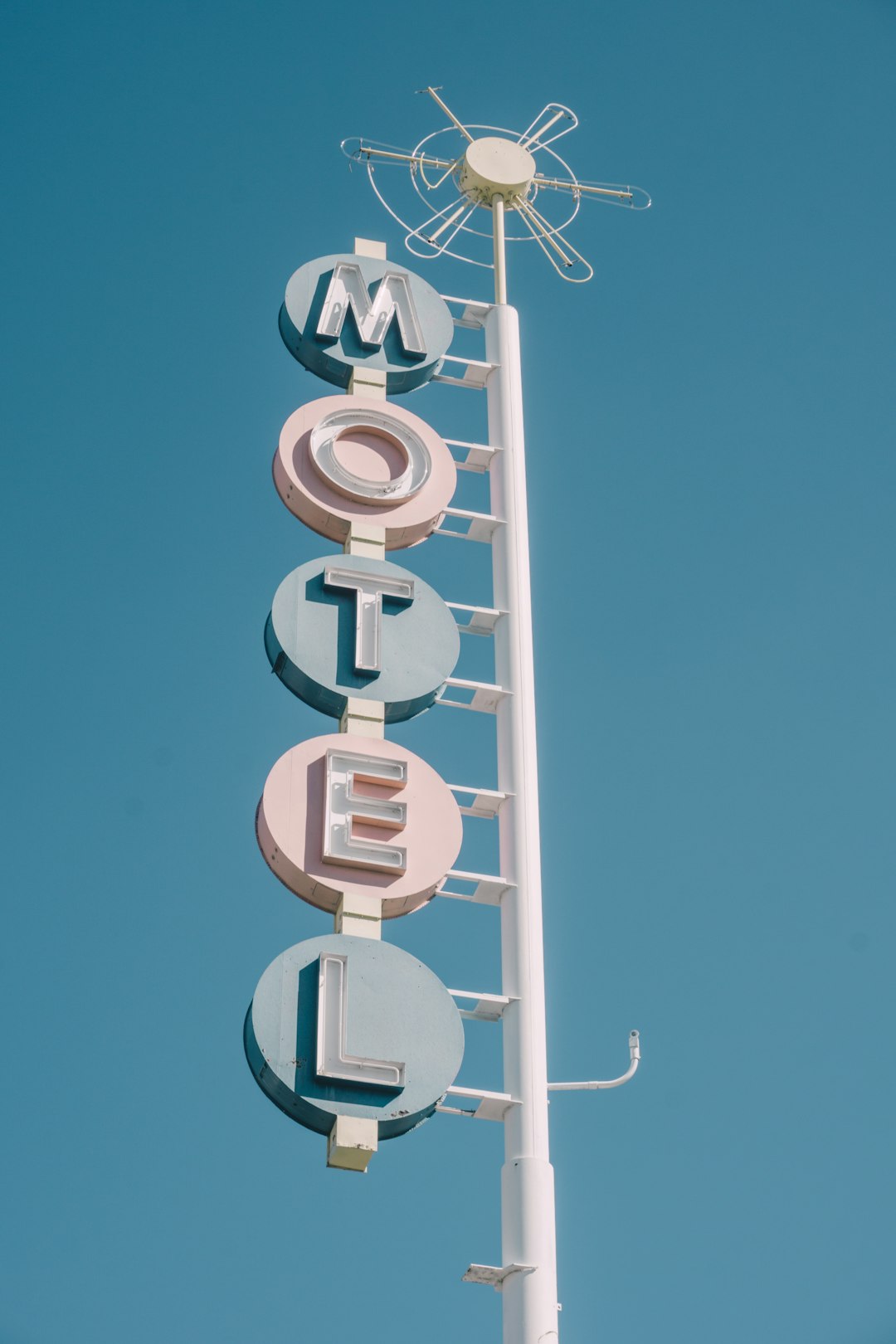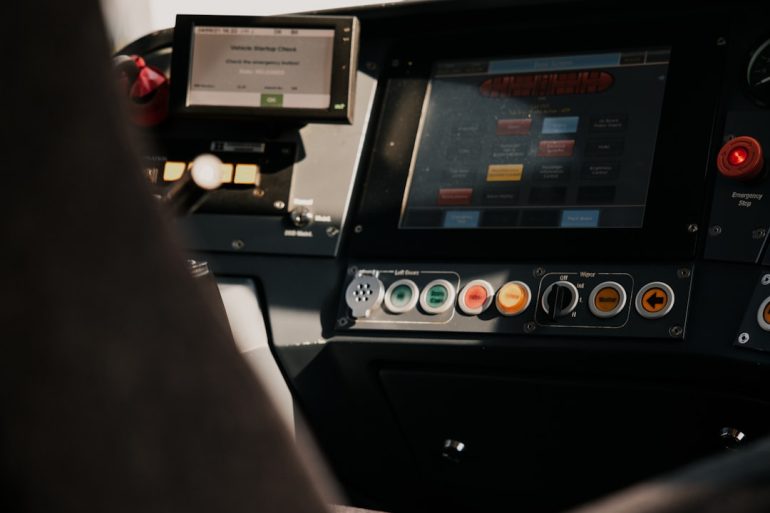What is the meaning of the 1984 Macintosh commercial?
Apple’s 1984 Macintosh commercial, directed by Ridley Scott, is one of the most iconic advertisements in the history of technology and marketing. Its premiere during Super Bowl XVIII not only introduced the world to the Macintosh computer but also cemented Apple’s reputation as an innovative and rebellious force in the personal computer industry. The ad captivated audiences with its cinematic visuals and allegorical message, drawing heavily from George Orwell’s dystopian novel 1984.
The meaning behind the commercial is multilayered, merging themes of freedom, individuality, and anti-authoritarianism. At its core, it was a bold statement against conformity, aimed squarely at Apple’s main competitor at the time—IBM. In the commercial, viewers are thrust into a futuristic, oppressive world where uniformity and surveillance dominate. A room full of identical workers listens mindlessly to a figure on a giant screen, spewing conformity-driven propaganda.

Suddenly, a lone woman in colorful athletic gear dashes into the scene, pursued by stormtrooper-like figures. She hurls a hammer at the screen, shattering the propaganda and silencing the voice of authority. This moment symbolized a liberating break from the drudgery of the status quo. The voiceover concludes: “On January 24th, Apple Computer will introduce Macintosh. And you’ll see why 1984 won’t be like ‘1984’”.
The Symbolism Behind the Imagery
Table of Contents
The commercial was heavily influenced by George Orwell’s 1984, a novel that portrays a totalitarian society dominated by an omnipresent government. Apple’s ad turns this idea on its head by presenting IBM—or the perceived “Big Brother” of computing—as the source of oppression. The sledgehammer-wielding woman represents the liberating power of the Macintosh, a computer aimed at individuals rather than institutions.
Key symbolic elements include:
- The Gray Drone Workers: These figures symbolize the conformist users of IBM machines—mindless and indistinguishable.
- The Big Brother Figure: A stand-in for powerful, impersonal corporate control, likely representing IBM.
- The Heroine with the Hammer: Depicts rebellion and empowerment, symbolizing Apple’s determination to empower the individual.

The Cultural Impact
Though it aired nationally only once, the ad’s impact rippled through popular culture and advertising. It helped establish Apple’s identity as a company for visionaries, artists, and thinkers who desired more than just a machine—they wanted a tool for creativity and innovation.
The commercial also marked a shift in advertising strategy for technology companies. Instead of focusing on product specifications or features, Apple chose to sell an idea and a belief system. This emotional marketing approach has since become a cornerstone of the brand’s identity.
Modern Perspectives
Today, the 1984 ad is not only remembered for its bold message but also examined through a critical lens. Some argue that Apple’s evolution over the years has made it resemble the very entity it once opposed. With its tight control over its ecosystem and massive market dominance, critics suggest Apple may have taken on attributes of “Big Brother” itself. However, others maintain that the ad’s significance endures as a pivotal moment in tech history—when a company dared to defy the norms and inspire change.

Frequently Asked Questions (FAQ)
-
Who directed the 1984 Apple commercial?
Ridley Scott, known for films like *Blade Runner* and *Alien*, directed the iconic ad. -
What was the message of the commercial?
The ad symbolized breaking free from conformity, with Apple positioning the Macintosh as a tool for creativity and individual empowerment. -
Who was the “Big Brother” figure in the ad meant to represent?
The character is widely believed to represent IBM, Apple’s dominant competitor at the time. -
Why is it considered one of the best commercials of all time?
Its cinematic quality, powerful symbolism, and revolutionary marketing approach helped redefine tech advertising and cement Apple’s brand identity. -
Did the commercial actually air only once?
It aired nationally only during the 1984 Super Bowl, though it was replayed and analyzed countless times after because of its popularity.







